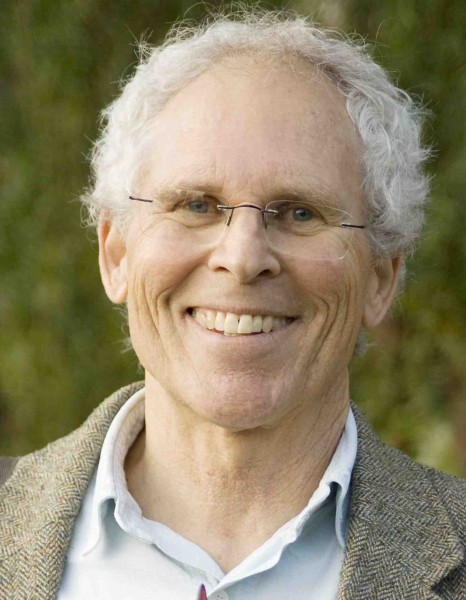A Good Night for Laguna and Clean Power

On July 13, our City Council voted unanimously to move forward and possibly join with the other 200 California towns, cities, and counties that have opted to run on clean electricity. So far, four Orange County cities have made that decision: Irvine, Huntington Beach, Fullerton, and Buena Park. Council decided to explore the next steps in adopting Community Choice Energy (CCE) and revisiting the matter in November.
Need a brief refresher on CCE? CCE (officially Community Choice Aggregation) was initiated in Marin County in 2010 to break the monopoly of Pacific Gas & Electric on the provision of power to ratepayers and to assure a greater mix of affordable, renewable energy to the public. At that time thought leaders and local officials advocated for breaking the strangle-hold monopoly that the fossil fuel industry had on government at all levels. So, they invented a quasi-governmental Joint Power Authority to purchase a cleaner mix of fuels to supply electricity to residents, businesses, and government offices in a cluster of cities. From the outset, CCEs were and remain not-for-profit operations that are not beholden to stockholders of investor-owned utilities (IOUs), such as PG&E, Edison, and SDG&E. For both practical and cost-saving reasons, CCEs use the transmission power lines of the IOUs and ratepayers are billed by utility companies.
How did our Council decide to explore this option further? Under the strong leadership of Councilmembers George Weiss and Sue Kempf, an advisory committee of “twenty-something” whiz kids fresh out of college and/or in graduate school and several older policy experts regaled the public with a staff-created PowerPoint presentation and testimony on Community Choice Energy that was a tour de force. These presenters not only knew their stuff but seemed determined to see their ideas distilled into public policy before the worst consequences of our warming planet become unavoidable.
Councilmembers discussed the marginal savings on electricity bills of up to two percent, the environmental benefits to be gained, and their need to know more about risk management, opt-out fees from the IOUs, procurement of sufficient energy, micro grids in Laguna, staffing and technology concerns, and financial resilience. Council agreed to take a “deep dive” into these matters between now and November. That said, Mayor Bob Whelan saw the big picture, meaning the need to get to clean energy fast given the carbon buildup in the atmosphere. Much to his credit, he focused on the environmental benefits, saying: “The financial piece is marginal, it’s the renewable piece that is most beneficial.”
While I applaud the entire Council for its decision to move forward on CCE, for which my wife, Ginger, and I have been advocating for at least two years, even if every city in America adopts this energy alternative, the most effective action to address the climate crisis will have to occur on the national level and in this decade, warn scientists. More specifically, our nation’s leading economists are calling for pricing carbon, that is, requiring the fossil fuel industry to pay the costs of their health-endangering and environmentally damaging products. Increasing the price at the pump and returning the proceeds to taxpayers in dividend checks has the support of a number of economists.
Until the public demands national action, local governments will need to get on board with CCEs and myriad other policies aimed at building a livable future. The Council meeting mentioned above was an important step in the right direction; it was good for Laguna and clean power.
Tom Osborne is an environmental historian who, with his wife, co-leads the Laguna chapter of Citizens’ Climate Lobby. Email: [email protected].




